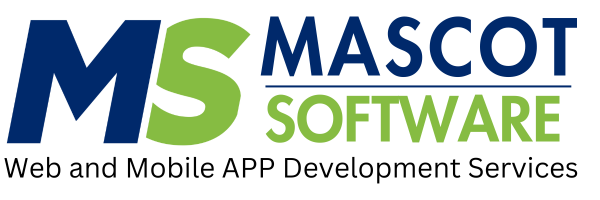
Introduction to IoT and PHP
The Internet of Things refers to a network of physical devices (things) embedded with sensors, software, and connectivity to enable them to collect and exchange data. These devices can range from simple sensors to complex industrial equipment. PHP, as a server-side scripting language, is well-suited for processing data, interacting with databases, and managing communication between IoT devices and applications.
Why Use PHP for IoT?
1. Familiarity and Ease of Use:
PHP is widely adopted and familiar among developers, making it accessible for integrating with IoT devices and platforms.
2. Rich Ecosystem:
PHP has a vast ecosystem of libraries and frameworks that can simplify IoT development tasks, such as data handling, API integrations, and device management.
3. Scalability:
PHP applications can scale to handle large volumes of IoT data, thanks to its efficient processing capabilities and support for asynchronous programming.
4. Integration with Web Services:
PHP can easily integrate with web services and APIs, enabling IoT devices to communicate with cloud platforms, databases, and other applications.
Getting Started with PHP for IoT
Step 1: Setting Up Your Environment
To begin developing IoT applications with PHP, you'll need:
- PHP installed on your server or development environment.
- Knowledge of basic PHP programming and web development concepts.
- Access to IoT devices or simulators for testing and experimentation.
Step 2: Communicating with IoT Devices
Example: Reading Sensor Data
Let's create a simple example of a PHP script that reads sensor data from an IoT device and stores it in a database.
connect_error) { die("Connection failed: " . $conn->connect_error); } // Read sensor data (example values) $temperature = 25.5; $humidity = 60.2; // Insert data into database $sql = "INSERT INTO sensor_data (temperature, humidity) VALUES ($temperature, $humidity)"; if ($conn->query($sql) === TRUE) { echo "Sensor data recorded successfully"; } else { echo "Error: " . $sql . "
" . $conn->error; } $conn->close(); ?>
Step 3: Processing and Visualizing IoT Data
Example: Creating a Dashboard
You can use PHP to create a dashboard that displays real-time IoT data. Below is a simplified example using HTML and PHP for fetching and displaying data.
connect_error) { die("Connection failed: " . $conn->connect_error); } $sql = "SELECT * FROM sensor_data ORDER BY id DESC LIMIT 10"; $result = $conn->query($sql); if ($result->num_rows > 0) { // Output data of each row while($row = $result->fetch_assoc()) { echo "Temperature: " . $row["temperature"]. "°C - Humidity: " . $row["humidity"]. "%
"; } } else { echo "0 results"; } $conn->close(); ?>
Step 4: Security Considerations
When developing IoT applications with PHP, prioritize security measures such as data encryption, authentication, and authorization to protect sensitive information and ensure the integrity of your IoT ecosystem.
Conclusion
In this blog post, we've explored how PHP can be effectively utilized in IoT projects, leveraging its strengths in data handling, connectivity, and scalability. By combining PHP with IoT devices and platforms, developers can create robust and scalable applications that collect, process, and visualize data from connected devices. Whether you're monitoring sensors, controlling actuators, or building IoT dashboards, PHP provides a versatile and accessible solution for developing innovative IoT solutions. Start exploring the potential of PHP in IoT today and contribute to the expanding world of interconnected devices and smart technologies.






